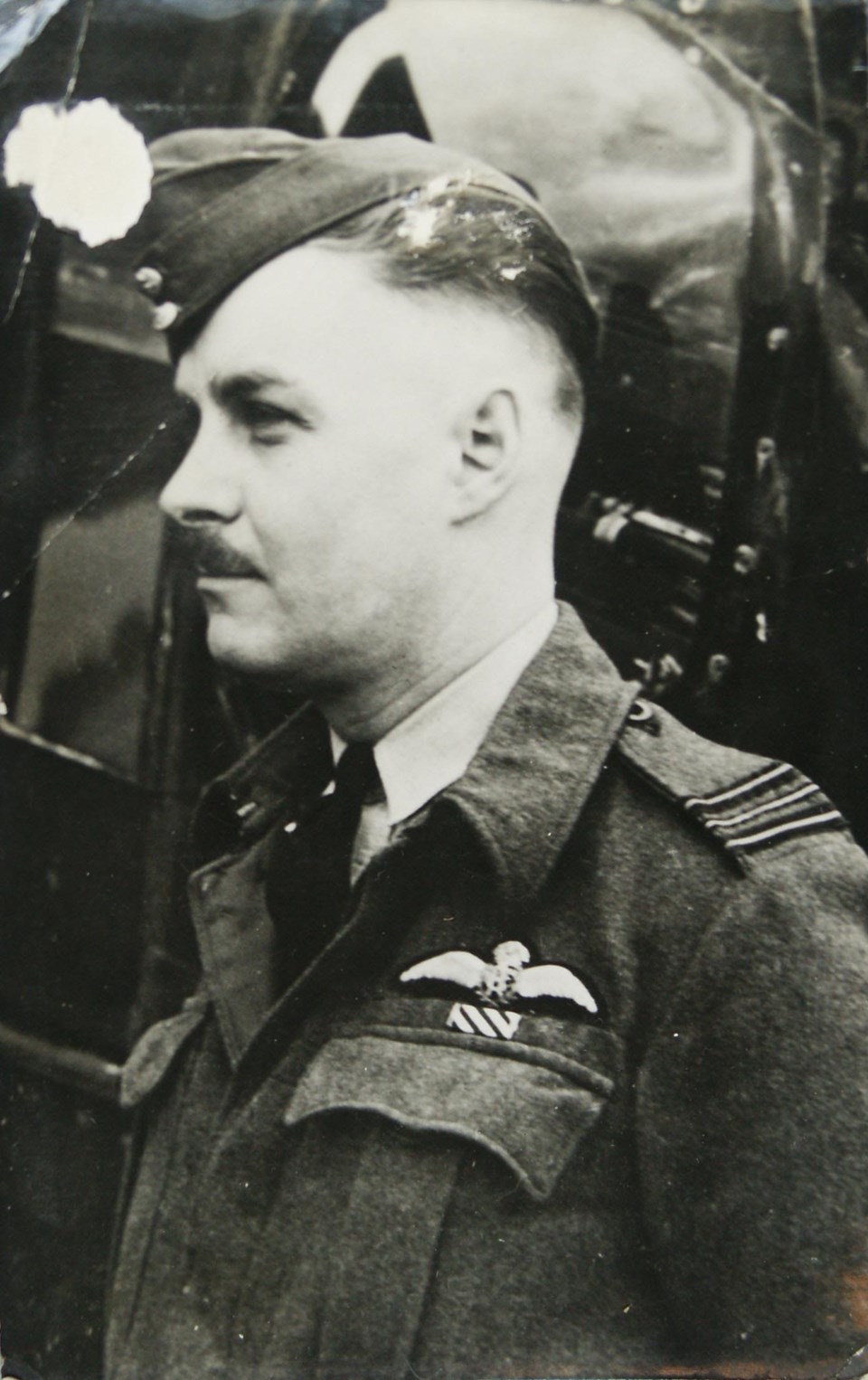The crews of Bomber Command suffered the highest casualty rate among any armed service in the Second World War.
For every 100 who served, 45 would be killed. Flying lumbering bombers in the face of enemy fighters and anti-aircraft defenses was a terrifying experience.
Among the men who served and survived was Innisfil’s Louis Graham Neilly. He was born in Gilford in 1912, the son of Louis Allen and Florence Neilly. The Neillys had been among the first settlers in the little community, so the family was well-known and well-respected.
As a child, Louis Graham spent long hours working on the farm. His life was peaceful, contented. That changed suddenly when Nazi Germany invaded Poland on Sept. 1, 1939, plunging the world into a second global conflict. Canada was at war again. Like hundreds of thousands of young men from coast to coast, Louis
Neilly felt compelled to serve in uniform. He ended up enlisting in the Royal Canadian Air Force (RCAF) and became a heavy bomber pilot.
Two of Louis’ brothers followed suit. Sergeant Pilot Albert Scott served as a flight instructor, tragically dying in a flying accident in 1942. William, like Louis, served as a Lancaster pilot, but the war ended before he could be deployed overseas.
Louis Neilly served overseas from 1942, initially as a member of 429 Squadron, RCAF. He was a talented pilot and a natural leader, rising to command a squadron. He regularly performed above the call of duty. One mission typified Louis Neilly’s bravery and dedication to duty. One day in June 1944, the squadron lifted off
for a bombing mission over Nazi-occupied Europe. Immediately upon lift-off, Lieutenant Neilly noted that of the engines of the lumbering bomber had failed. Instead of returning to base, as he could have, Louis instead decided to press on as head of his squadron, nursed his bomber on to the target and successfully completed the mission with only three engines. It was a gamble, because the lack of an engine hindered the aircraft’s performance, making it vulnerable
to malfunction or damage from enemy aircraft.
While returning to England, and despite having a crippled aircraft, Neilly played a role in locating and ensuring the rescue of 17 airmen whose bomber had crashed into the sea. Squadron Leader Louis Neilly completed two operational tours (60 missions) and survived the war. Upon returning from the war, he married Helen Jenkins in 1946 and lived a long, contented life, dying in 1998.



